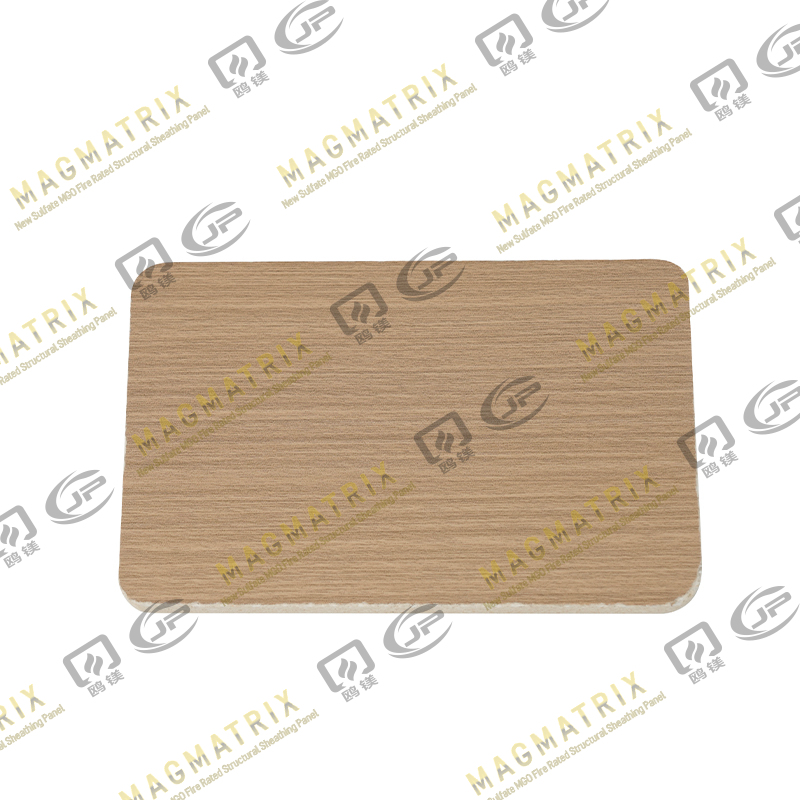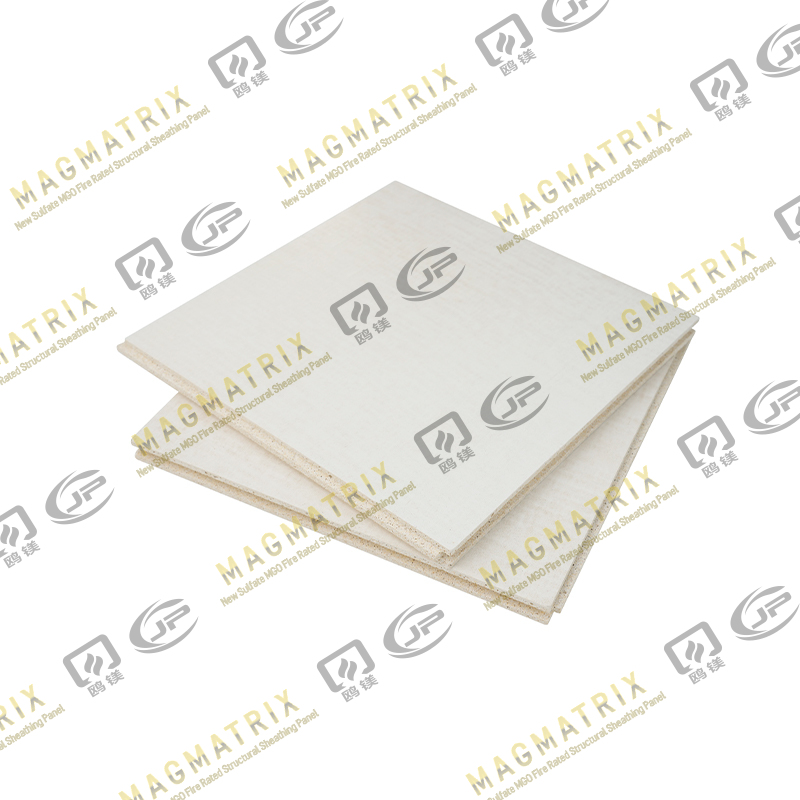In the world of modern construction, material selection plays a crucial role in ensuring durability, safety, and overall performance of structures. Among the commonly used boards for walls, ceilings, and flooring substrates are Sulfate Magnesium Oxide (MGO) Board and cement board. Both materials offer unique benefits, but their properties, installation processes, and applications differ significantly. Understanding these differences is key for architects, builders, and DIY enthusiasts aiming to make informed choices.
Composition and Manufacturing Process
Sulfate MGO Board is primarily made from magnesium oxide (MgO), magnesium chloride (MgCl₂), and additives such as perlite, wood chips, and fiberglass mesh. The combination of these materials results in a lightweight, fire-resistant, and moisture-resistant board. The production process involves mixing MgO with magnesium chloride and other fillers, followed by curing under controlled conditions to achieve strength and stability.
Key characteristics of MGO boards include:
- Low density, which reduces structural load
- Enhanced fire resistance
- High dimensional stability in humid environments
Cement Board
Cement boards, sometimes called fiber cement boards, are composed of cement, sand, and reinforcing fibers (often cellulose or glass fibers). They are manufactured by forming a slurry of cementitious materials with fibers, pressing the mixture into boards, and curing it for several days. Cement boards are known for their toughness, rigidity, and resistance to impact.
Key characteristics of cement boards include:
- High compressive strength
- Excellent water resistance
- Durability in exterior and wet environments
Comparison: While both boards provide moisture and fire resistance, MGO boards are lighter and easier to handle, whereas cement boards offer superior structural strength and impact resistance.
Physical Properties
| Property |
Sulfate MGO Board |
Cement Board |
| Density |
0.9–1.3 g/cm³ |
1.4–1.8 g/cm³ |
| Thickness Options |
6mm–20mm |
6mm–20mm |
| Water Resistance |
Excellent |
Very Good |
| Fire Resistance |
Up to 3 hours |
Up to 2 hours |
| Flexural Strength |
Moderate |
High |
| Weight |
Lightweight |
Heavier |
| Sound Insulation |
Good |
Moderate |
From the table above, it is evident that MGO boards excel in weight management, fire resistance, and water stability, while cement boards provide better load-bearing capacity and impact resistance.
Fire Resistance
Fire safety is a major concern in both residential and commercial construction. MGO boards are naturally fire-resistant due to the magnesium oxide content, capable of withstanding temperatures above 1,200°C without combustion. This makes them suitable for walls, ceilings, and partitions in buildings requiring high fire safety standards.
Cement boards are also fire-resistant but typically have a lower fire rating than MGO boards. They perform well under normal fire conditions, but prolonged exposure to high temperatures may compromise their structural integrity.
Comparison: For applications where fire resistance is critical, MGO boards often provide a safer solution, especially for high-rise buildings or areas with stringent fire codes.
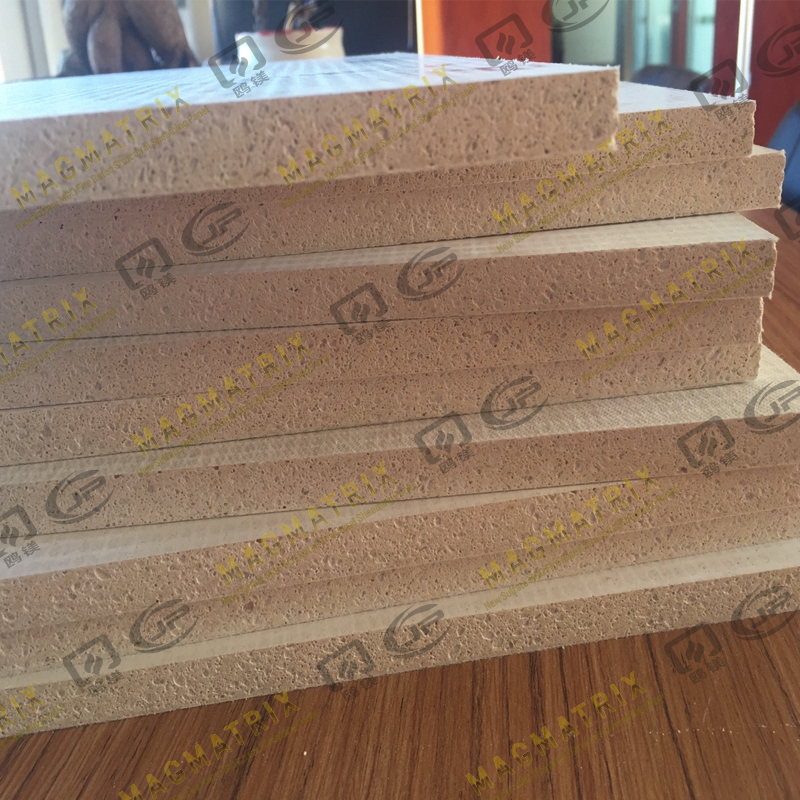
Water and Moisture Resistance
Moisture management is another critical factor, especially in bathrooms, kitchens, and exterior applications.
- MGO Board: Highly resistant to moisture and mold due to its non-porous structure and inorganic composition. It does not swell, warp, or disintegrate when exposed to water.
- Cement Board: Extremely durable in wet conditions and commonly used as a substrate for tiles in bathrooms or exterior siding. However, its higher density makes it heavier to handle, and prolonged water exposure can sometimes lead to efflorescence or slight warping.
Comparison: Both materials are suitable for wet areas, but MGO boards offer lighter weight and faster installation without compromising water resistance.
Installation Process
Sulfate MGO Board
Installing MGO boards is relatively straightforward:
- Cut the board using a saw or utility knife.
- Fix the boards with screws or nails to wood or metal studs.
- Fill joints with compatible MGO putty and tape.
- Sand and finish for painting or tiling.
Advantages:
- Lightweight, reducing labor effort
- Easier to cut and shape
- Faster installation
Cement Board
Cement board installation typically involves:
- Cutting with a circular saw or score-and-snap method
- Securing with corrosion-resistant screws
- Applying joint tape and thin-set mortar
- Ready for tiling
Challenges:
- Heavier weight increases labor
- Cutting produces more dust
- Longer handling time due to rigidity
Comparison: MGO boards are more user-friendly, especially in large-scale or multi-story installations. Cement boards demand more effort but provide a sturdier base for heavy finishes like tiles.
Durability and Strength
- Cement Board: Superior in compressive and flexural strength, making it ideal for high-traffic areas or external walls that need to withstand impact and weather conditions.
- MGO Board: Moderate strength, sufficient for interior partitions, ceilings, and non-load-bearing applications.
Comparison: If structural strength is a primary concern, cement boards are preferred. For lightweight partitions and fire-rated walls, MGO boards are advantageous.
Environmental and Health Considerations
- MGO Board: Considered eco-friendly as it uses low-energy magnesium oxide and contains no asbestos or harmful chemicals. It is recyclable and has minimal environmental impact during production.
- Cement Board: Requires higher energy for cement production and involves CO₂ emissions. It may contain silica, requiring protective measures during cutting to prevent respiratory issues.
Comparison: MGO boards are generally safer for indoor air quality and have a smaller carbon footprint.
Cost Considerations
- MGO Board: Slightly more expensive per square meter but saves on labor and installation time due to its lightweight nature.
- Cement Board: Lower material cost but potentially higher labor costs due to heavier handling and more challenging installation.
Comparison: Total cost depends on the scale of the project. For large interior projects requiring fire resistance and quick installation, MGO may be more cost-effective in the long run.
Applications
| Application |
MGO Board |
Cement Board |
| Interior walls & partitions |
Excellent |
Good |
| Exterior walls |
Limited |
Excellent |
| Ceilings |
Excellent |
Moderate |
| Wet areas (bathrooms, kitchens) |
Excellent |
Excellent |
| Fire-rated partitions |
Excellent |
Good |
| Tile substrates |
Good |
Excellent |
Summary: MGO boards are ideal for interior walls, ceilings, and fire-rated partitions, while cement boards are preferred for exterior walls, heavy tile substrates, and high-impact areas.
Summary and Recommendations
Both Sulfate MGO boards and cement boards have their place in construction. Choosing the right material depends on factors such as weight, fire resistance, moisture conditions, structural requirements, and installation considerations.
-
Choose MGO Board if:
- You need lightweight, fire-resistant interior partitions
- Rapid installation is a priority
- Eco-friendly materials are important
- Moderate strength suffices
-
Choose Cement Board if:
- Structural strength and impact resistance are crucial
- Heavy tiling or exterior siding is planned
- Long-term durability in extreme weather is needed
In conclusion, while both boards have overlapping benefits like moisture and fire resistance, the deciding factors are typically weight, ease of installation, strength requirements, and environmental impact. Understanding these differences allows builders and homeowners to make informed choices tailored to their project needs.
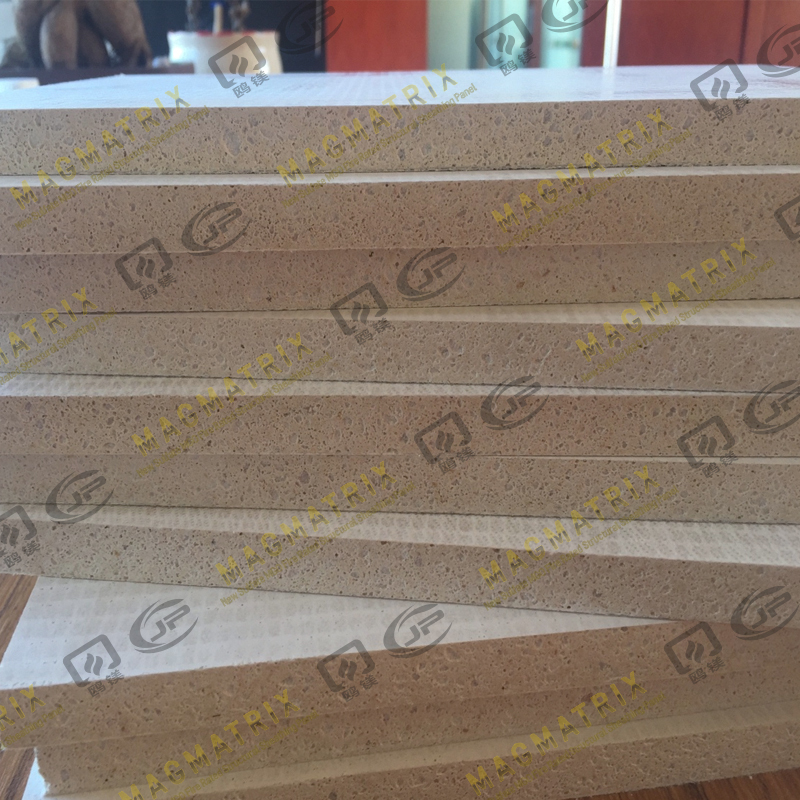 BMSC 517 New Sulfate MgO Board
BMSC 517 New Sulfate MgO Board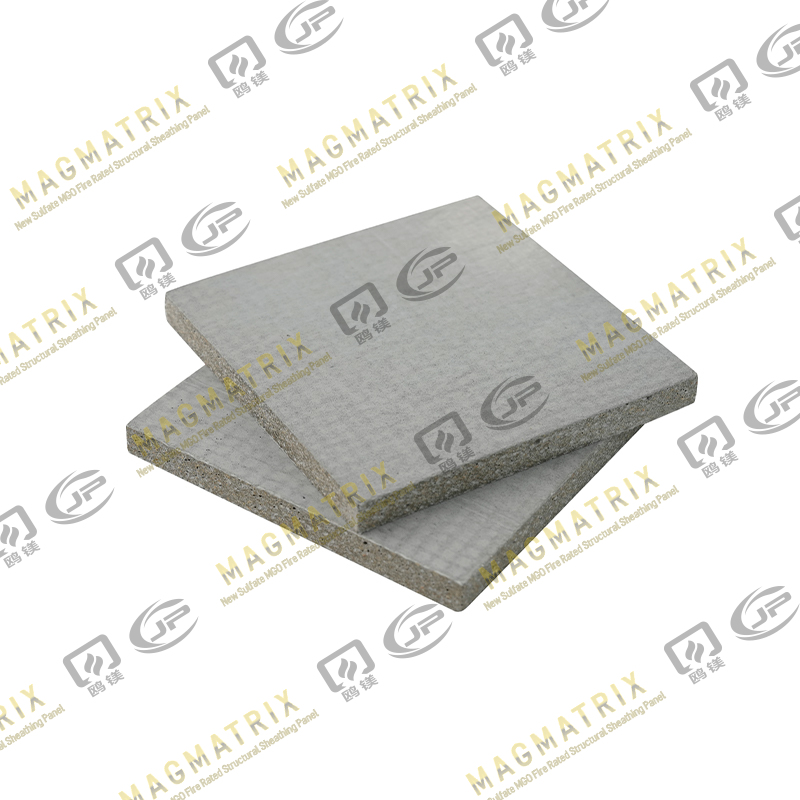 Multi-Support MgO Wall Sheathing Board
Multi-Support MgO Wall Sheathing Board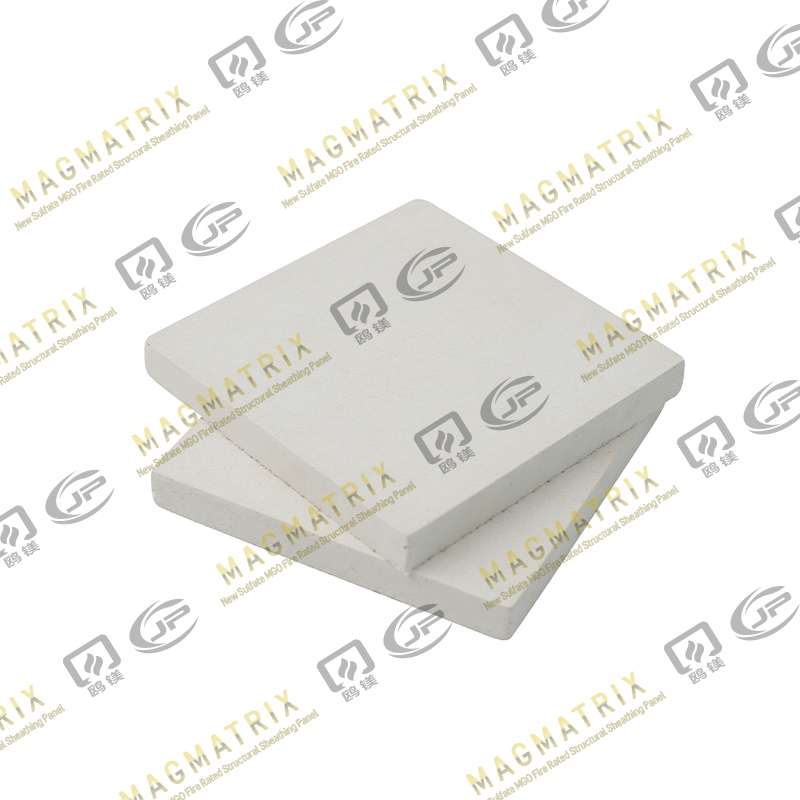 Perseverance MgO Wall Sheathing Board
Perseverance MgO Wall Sheathing Board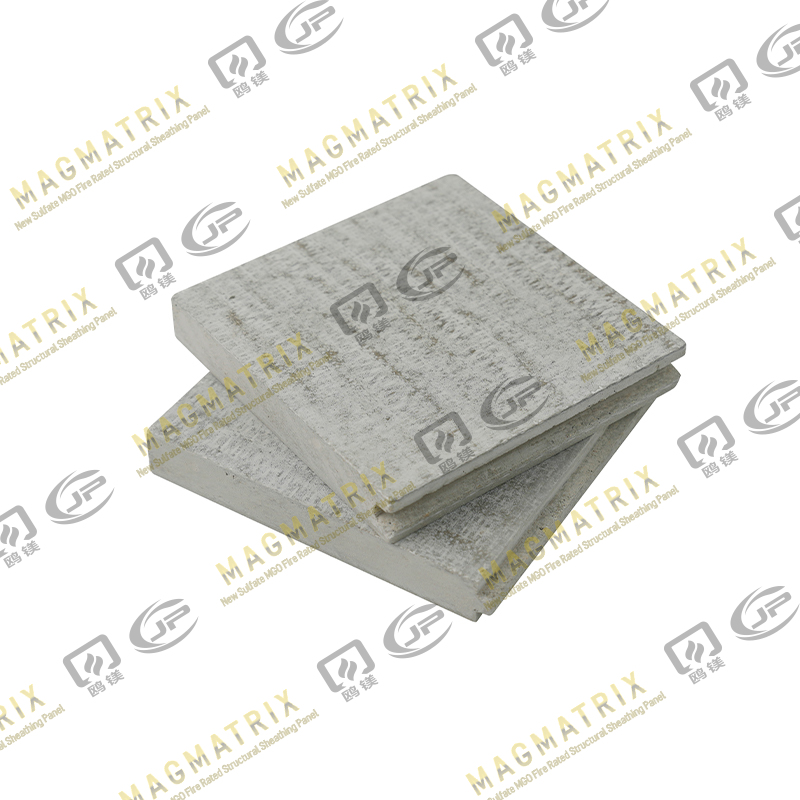 Multi-Support MgO Subfloor Sheathing Board
Multi-Support MgO Subfloor Sheathing Board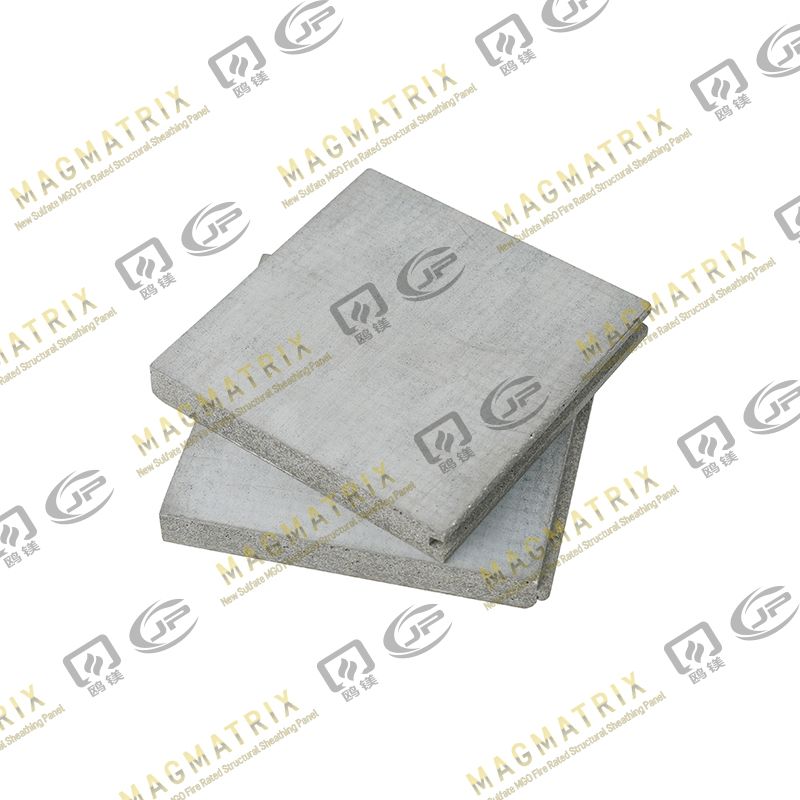 Perseverance MgO Subfloor Sheathing Board
Perseverance MgO Subfloor Sheathing Board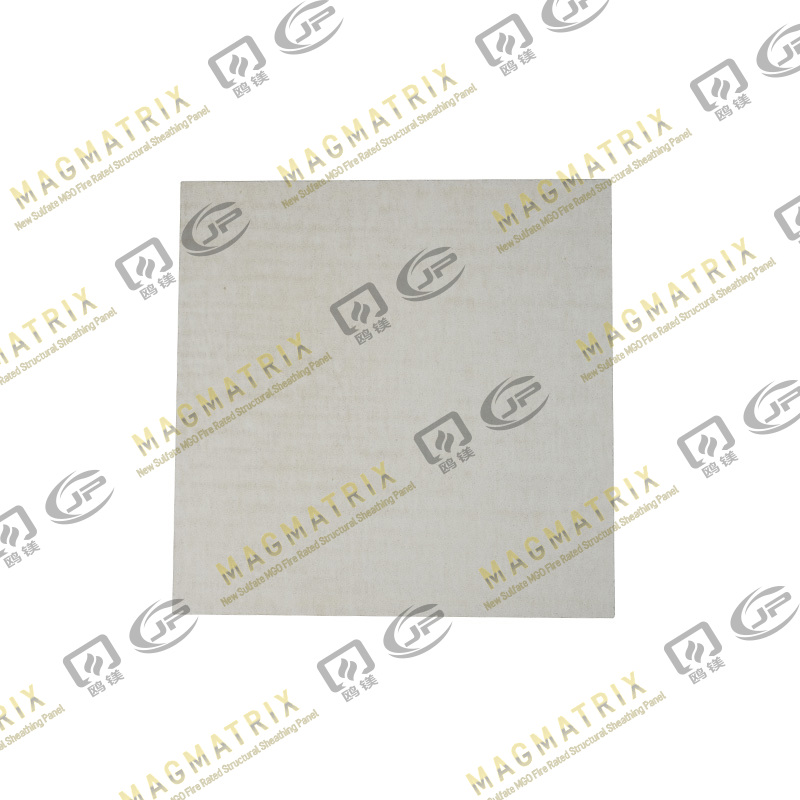 MagMatrix MgO Underlayment Panel/board
MagMatrix MgO Underlayment Panel/board


 English
English русский
русский Español
Español
